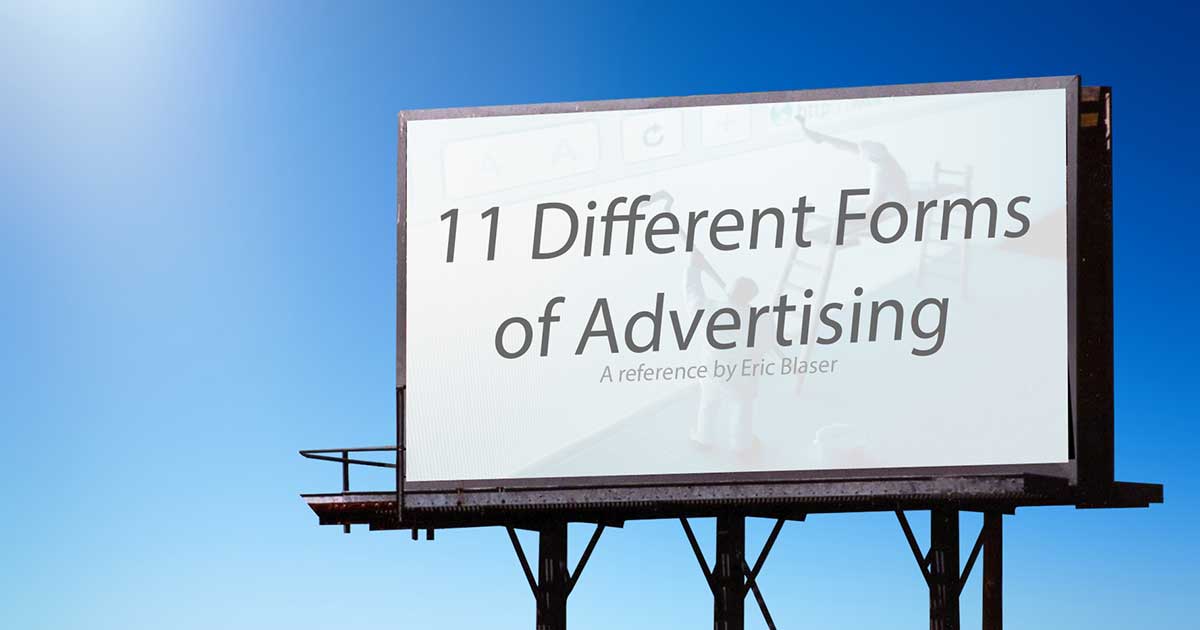Advertising can be seen everywhere, every day, and in many different forms. All you need to do is just take a look around.
Advocacy Advertising


Advocacy advertising is normally thought of as any advertisement, message, or public communication regarding economic, political, or social issues.
The advertising campaign is designed to persuade public opinion regarding a specific issue important in the public arena.
The ultimate goal of advocacy advertising usually relates to the passage of pending state or federal legislation.
Almost all nonprofit groups use some form of advocacy advertising to influence the public’s attitude toward a particular issue.
Comparative Advertising

Comparative advertising compares one brand directly or indirectly with one or more competing brands.
This advertising technique is very common and is used by nearly every major industry, including airlines and automobile manufacturers.
One drawback of comparative advertising is that customers have become more skeptical about claims made by a company about its competitors because accurate information has not always been provided, thus making the effectiveness of comparison advertising questionable.
Cooperative Advertising
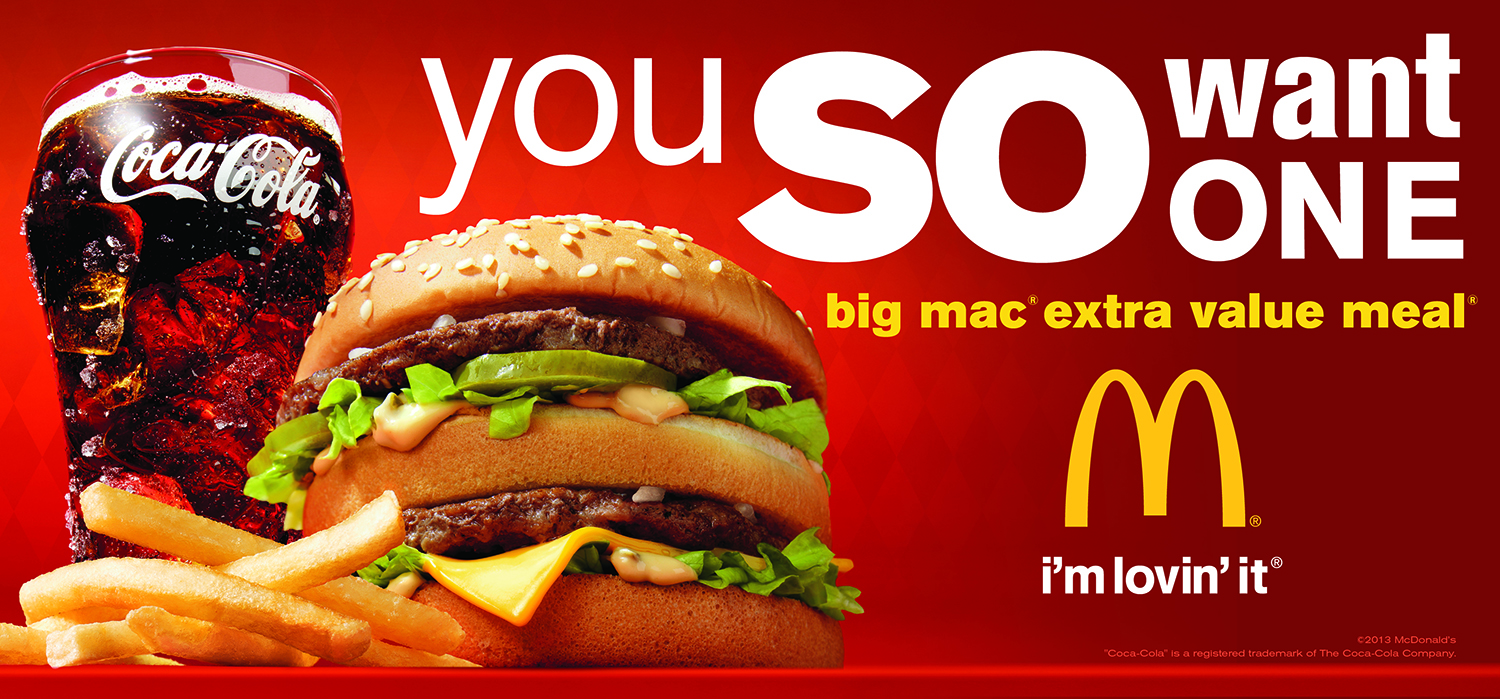
Cooperative advertising is a system that allows two parties to share
advertising costs.
Manufacturers and distributors, because of their shared interest in selling the product, usually
use this cooperative advertising technique.
An example might be when a soft-drink manufacturer and a fast-food chain split the cost of
advertising the manufacturer’s soft drinks; both the manufacturer and the fast-food chain benefit
from increased store traffic and its associated sales.
Cooperative advertising is especially appealing to small store owners who,
on their own, could not afford to advertise the product adequately.
Direct-Mail Advertising



Catalogues, flyers, letters, and postcards are just a few of the direct-mail advertising options.
Direct-mail advertising has several advantages, including detail of information, personalization,
selectivity, and speed. But while direct mail has advantages, it carries an expensive per-head
price, is dependent on the appropriateness of the mailing list, and is resented by some customers, who consider it “junk mail.”
Informational Advertising
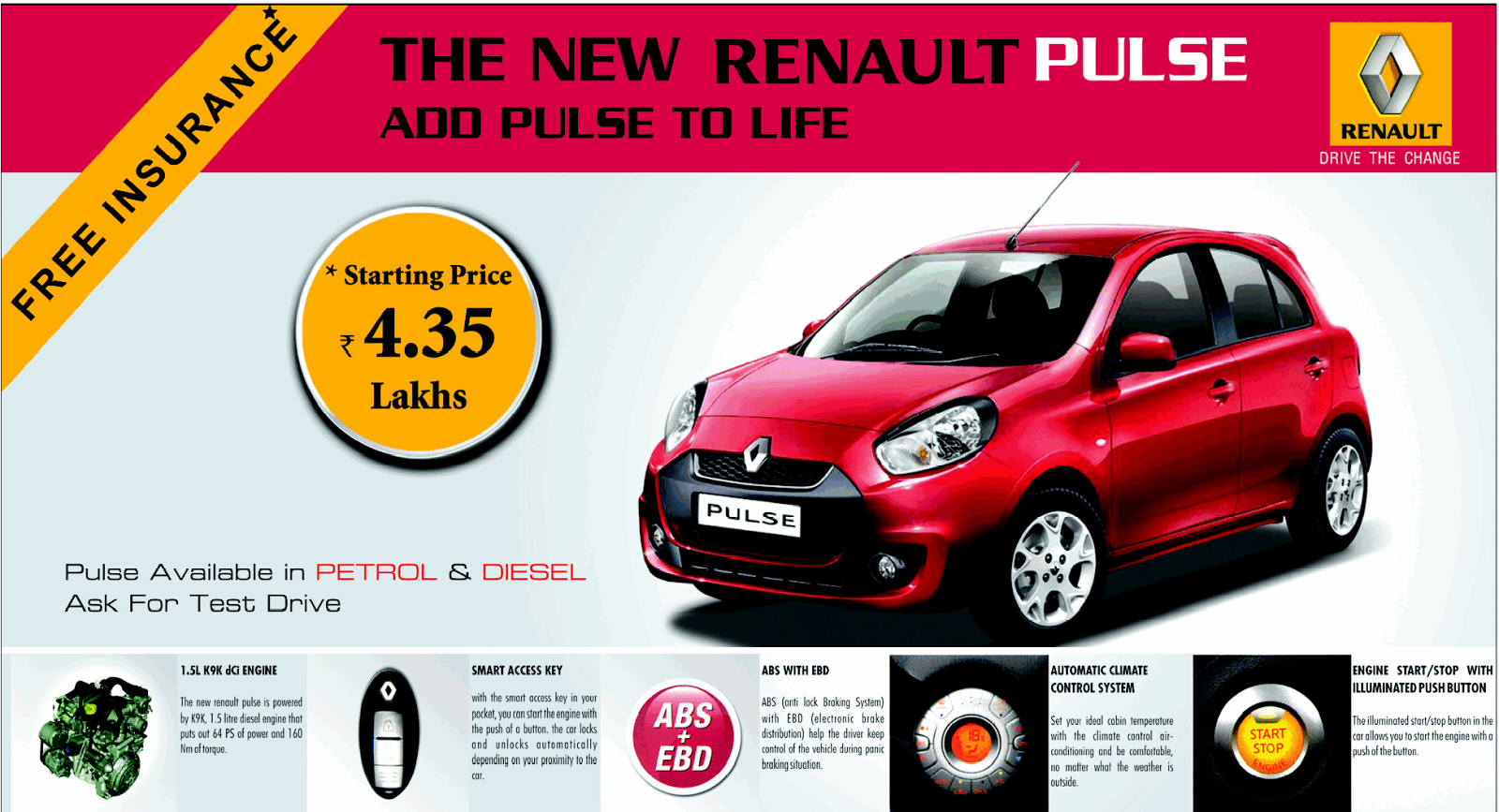
Informational advertising is used when a new product is first being introduced to a new market,
with the emphasis on promoting the product name, benefits, and possible uses.
Institutional Advertising



Institutional advertising takes a much broader approach, concentrating on the benefits, concepts, ideas, or philosophies of a particular industry.
Companies often use it to promote image-building activities, such as environmentally friendly business practices or new community-based programs that it sponsors.
Institutional advertising is closely related to public relations since both are interested in promoting a positive image of the company to the public.
Outdoor Advertising


Billboards and messages painted on the side of buildings are common forms of outdoor advertising, which is often used when quick, simple ideas are being promoted.
Persuasive Advertising



Persuasive advertising is used after a product has been introduced to customers.
The primary goal is for a company to build selective demand for its product.
Product Advertising
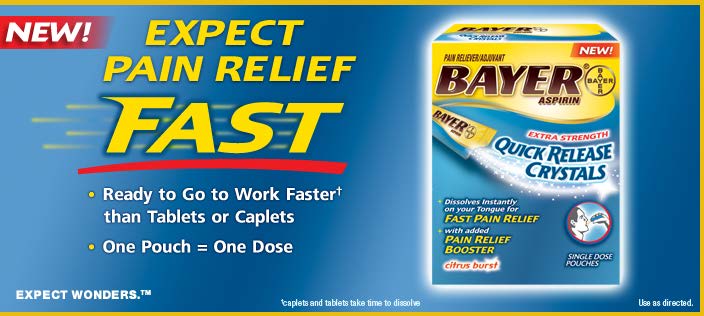


Product advertising pertains to non-personal selling of a specific product. An example is a regular television commercial promoting a soft drink.
The primary purpose of the advertisement is to promote the specific soft drink, not the entire soft-drink line of a company.
Reminder Advertising



Reminder advertising is used for products that have entered the mature stage of the product life cycle. The advertisements are simply designed to remind customers about the product and to maintain awareness.
Point-of-Purchase Advertising
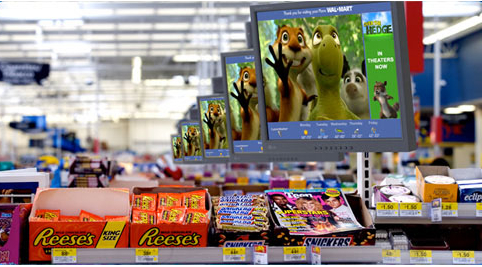

Point-of-purchase advertising uses displays or other promotional items near the product that is being sold.
The primary motivation is to attract customers to the display so that they will purchase the product.
Stores are more likely to use point-of-purchase displays if they have help from the manufacturer in setting them up or if the manufacturer provides easy instructions on how to use the displays.

